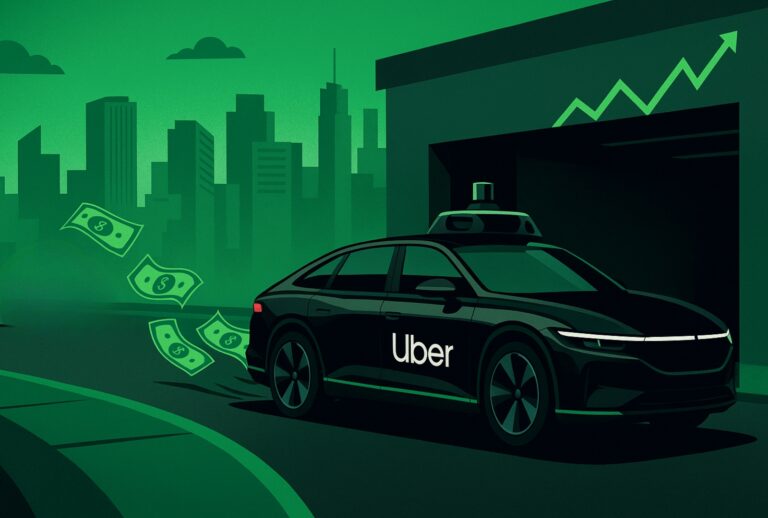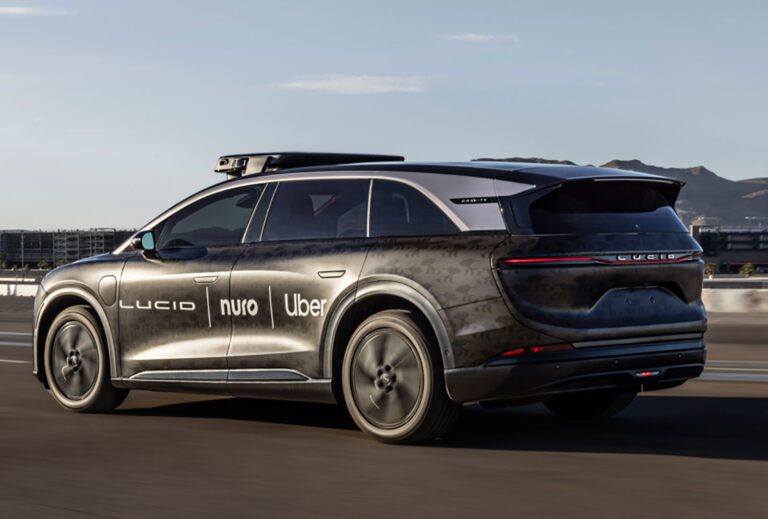Current State of The Public Mobility Markets
Alan Ohnsman, Senior Editor, Forbes joined Grayson Brulte on The Road to Autonomy podcast to discuss the public mobility markets. From SPACs to Tesla to traditional IPOs, Grayson and Alan discuss electric vehicles, autonomous vehicles, autonomous trucking, and delivery.
The conversation begins with Alan and Grayson discussing the current state of the SPAC market.
SPAC activity in both the EV and AV space is just astonishing. I think there is an increasing concern about the quality of some of these offerings. Not all companies are created equal. Not all startups are the same.
– Alan Ohnsman
As the SPAC market matures and companies begin the process of de-spacing, issues around the business models and the strength of the balance sheet are being to come into question. A major issue with SPACs is the lack of disclosure as compared to a traditional IPO. We are seeing this very issue play out today with Lordstown Motors as they are under investigation by the Department of Justice over the pre-order numbers of their vehicles.
Alan points out the lack of disclosures will lead to increased regulation.
The amount of investor litigation aimed at some of these companies is going to be high. I think it’s inevitable that the regulator is going to step in and say slow your roll. We really need to vet these a little more carefully and set some better ground rules.
– Alan Ohnsman
Tesla which went public in 2010 continues to dominate the public electric vehicle market while capturing the public’s imagination.
There is going to be so much competition in the EV space that Telsa has a first-mover advantage. The brand is well established. It is clearly popular in many markets.
– Alan Ohnsman
While Tesla is dominating the electric vehicle market today, Toyota is well poised to gain market share in the future. As the economics of electric vehicles improve and electric vehicle charging becomes more readily available, the market is going to change as Toyota and Hyundai move into the market.
With the lack of electric vehicle charging around the United States, Grayson raises the point that hybrid vehicles will become the dominant vehicle type sold over the next 10 years. This is where Toyota wins as they are the clear leader in hybrid technology. Until we achieve ubiquitous electric vehicle charging, consumers will be unsure about adopting and embracing EVs.
Ubiquitous charging. It has to be everywhere and people have to know where it is. It has to be a no-brainer.
– Alan Ohnsman
Shifting the conversation back to autonomous vehicles, Grayson asks Alan about the Aurora SPAC and specifically highlights one of the risk factors in the investor presentation:
We operate in a highly competitive market and some market participants have substantially greater resources. If one or more of our competitors commercialize their self-driving technology before we do, develop superior technology, or are perceived to have better technology, it could materially and adversely affect our business, prospects, financial condition, and results of operations.
This risk factor is a clear reference to Waymo, which continues to raise billions of dollars.
The amount of funding for [autonomous vehicles] is enormous. Just astonishing.
– Alan Ohnsman
Both Aurora and Waymo are focused on developing a universal driver which can drive a robo-taxi and an autonomous truck. As Aurora begins life as a public company, investors and analysts could begin to question the universal driver approach due to economics and the business model.
The same can be said for Waymo if and when Alphabet spins out Waymo as a publicly-traded company. If this was to happen, investors would have the opportunity to invest in a pure-play. Waymo for the robo-taxi market and Waymo Via for the logistics market.
The money maker in the near term certainly is going to be trucking and logistics. No question about it. That is going to be where everyone makes their money at the outset.
– Alan Ohnsman
With the iShares US Transportation ETF ($IYT) having returned 15.16% YTD (as of Monday, July 19, 2021), Grayson asks Alan when will we see an autonomous trucking company added to the index. Alan believes by 2023 we will start to see autonomous trucking companies added to the index. Those companies could be TuSimple and Waymo.
Staying on the 2023 theme, Alan discusses why this could be the year that autonomous trucking becomes a two-horse race between TuSimple and Waymo. With TuSimple and Waymo’s growing fleets of autonomous trucks, the companies are well poised for the future.
Fielding an ever-larger fleet is important. You can do a lot on modeling in computer simulation, but having physical fleets and getting real-world data day-in and day-out, it’s really hard to substitute that.
– Alan Ohnsman
While fielding an ever-larger fleet is critically important, having real-world experience and hiring individuals from the trucking industry is also one of the keys to success. Another key is understanding the global supply chain and the impact that the driver shortage is having on the global economy.
The habits of consumers are shifting to e-commerce as Adobe is projecting that global e-commerce sales will reach $4.2 trillion this year. As consumers shift their habits to ordering online, this creates new opportunities for companies to serve the growing demand for the delivery of goods. Uber’s EATS business is booming as the business is now a $50 billion business.
You want to go where the money is.
– Alan Ohnsman
This raises the question of, does Uber one day shut down the passenger ride business to focus solely on delivery and logistics? It’s an interesting question with a lot of what if’s. But one thing is for certain, Dara Khosrowshahi will make the hard decisions that ultimately benefit the business. What we do know today is that the consumer appetite for delivery is only going to grow.
Wrapping up the conversation, Grayson and Alan discuss the 2028 Summer Olympics and what the transportation network will look like in Los Angeles.
Follow The Road to Autonomy on Apple Podcasts
Recorded on Tuesday, July 20, 2021




